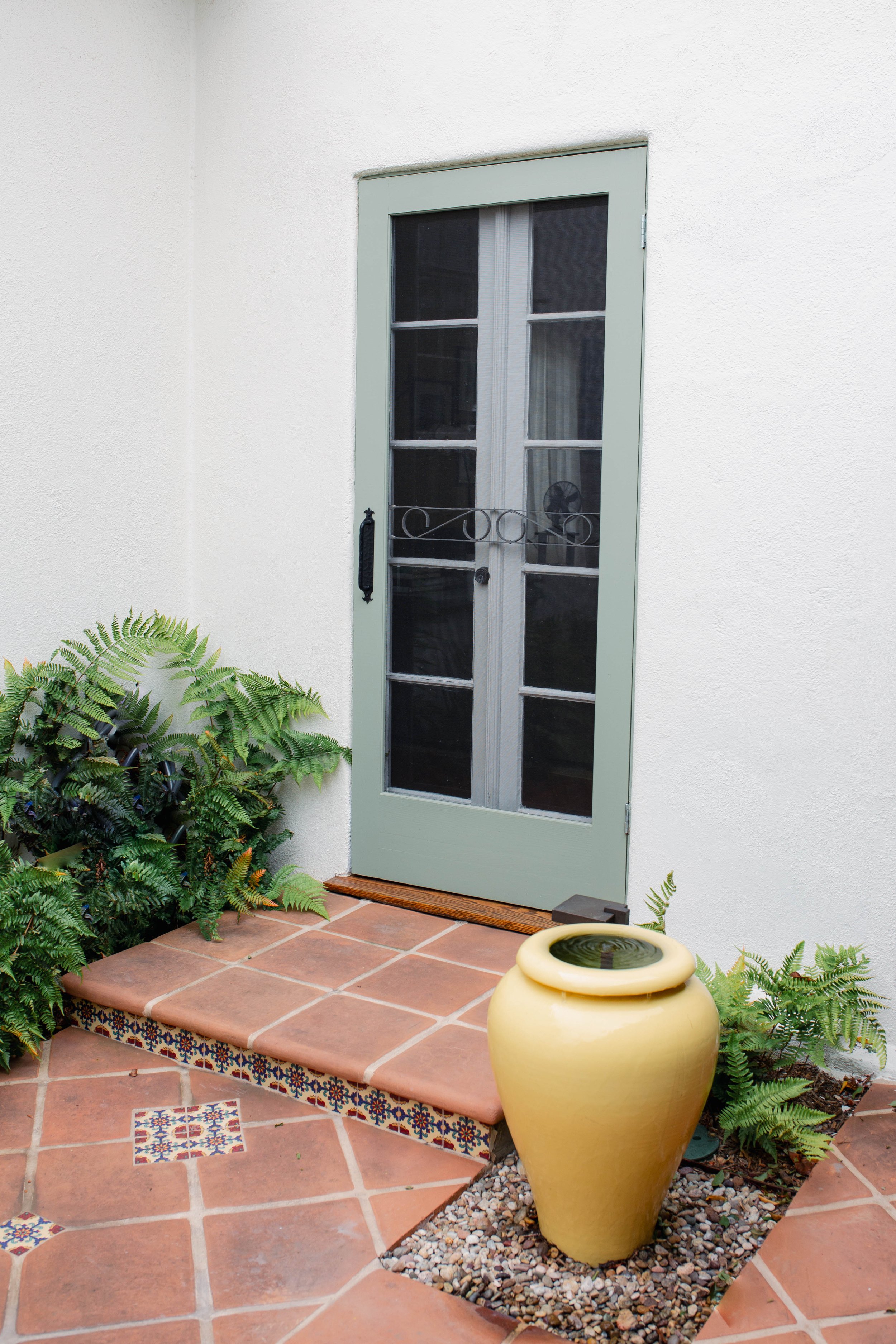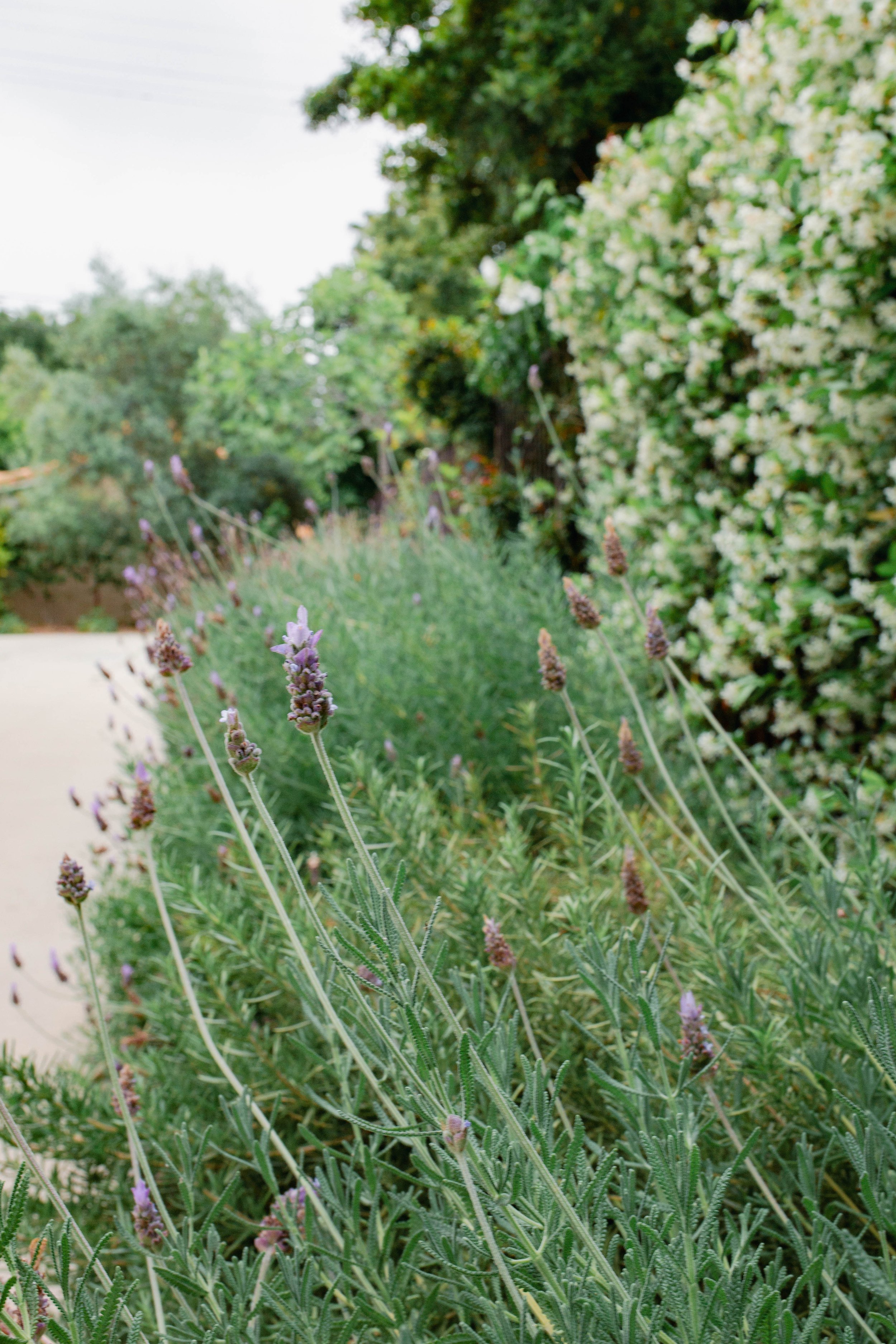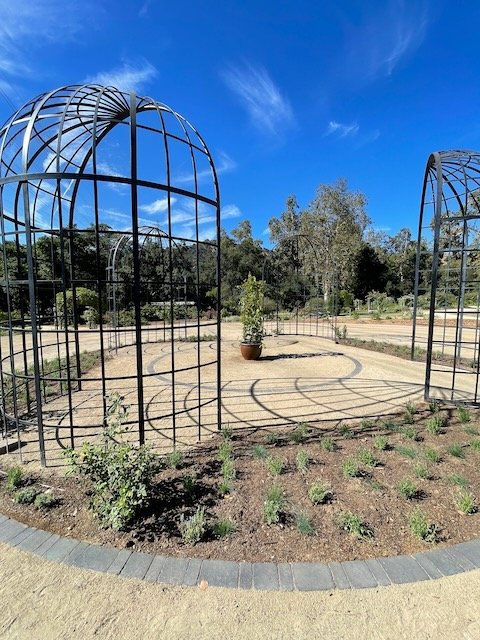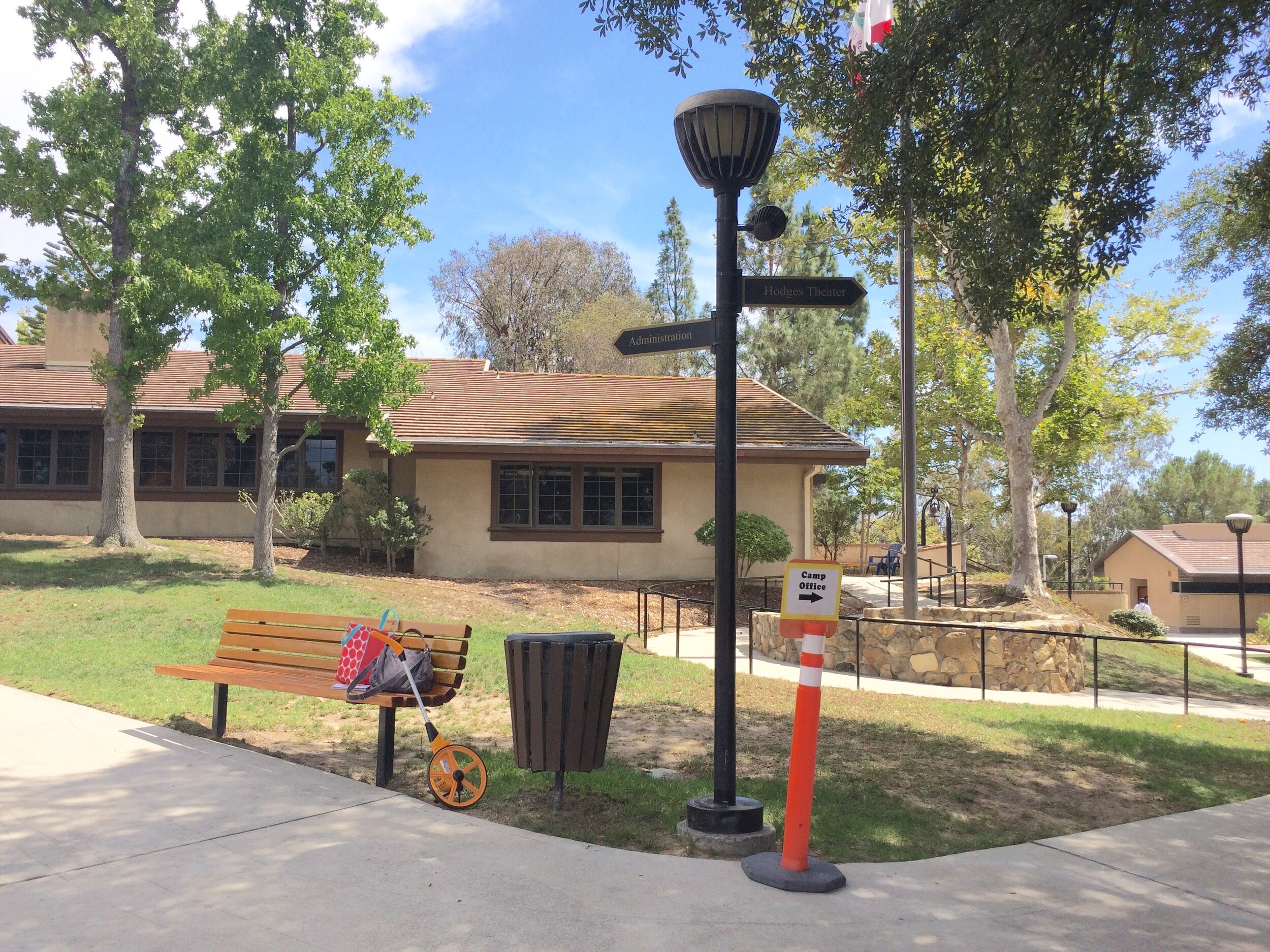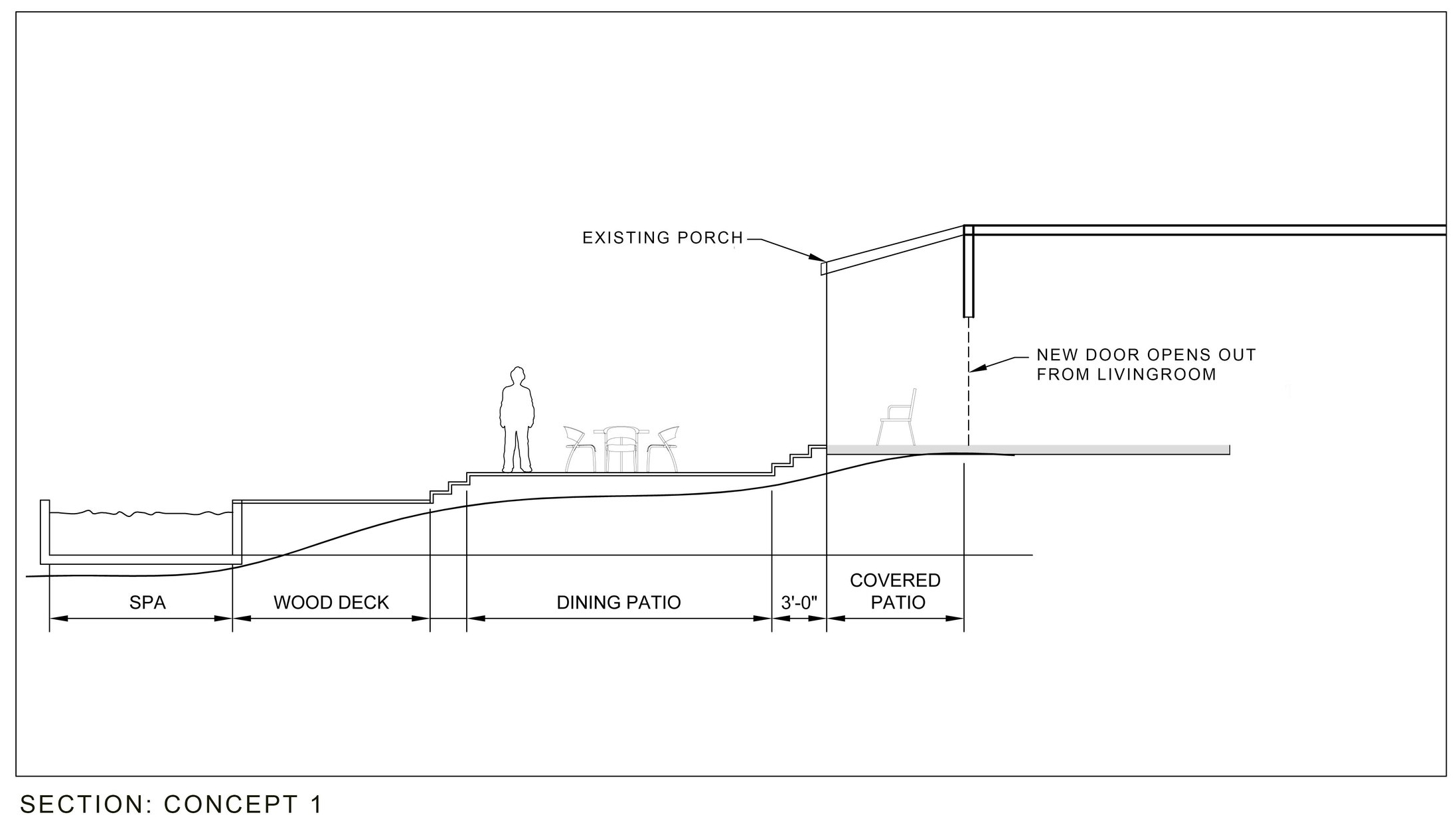These are all examples of front yards that used to be grass. The new gardens are more climate appropriate for Southern California, using half as much, or less than half as much water, once they are established. They need only seasonal, not weekly, maintenance; and they attract pollinators of all kinds - including birds, bees and butterflies - that grass does not. In addition to all of these benefits, they are more beautiful and more interesting than the dull green carpets they replaced.
Although a turf lawn can be an important amenity for a home, especially one with children, a lawn in a front yard is rarely used by a family. It is public-facing space and most parents, in a city like Los Angeles, prefer that their young children play in the security of an enclosed backyard far from traffic and other hazards. With that in mind, it is worth asking WHY a front yard should be covered mainly in grass. In many cases, the answer is simply that it is the default ground cover, requiring little thought or imagination. Also, it is what people are used to, whether they are California natives or transplants from other states and other climates. Given the realities of our climate, including prolonged drought, combined with population growth, water is a resource we can no longer take for granted. Typically, half of the water a household consumes is used outdoors, for landscaping purposes. This is potable water, that we import at great cost from far away. We have to consider if continuing to water under-used lawns is the best use of this increasingly scarce resource.
An interesting side effect to converting a thirsty grass lawn to more water-wise plantings is that is it contagious. Often, it takes only one or two houses on a block to make the switch and, by setting that example, will spur others to follow suit. Curiosity about these new gardens also inspires neighbors to meet and talk to each other which in turn enhances a sense of place and community.
People often think that a water-wise yard means you are limited to a desert landscape of cactus and gravel. These images demonstrate that low-water does not necessarily mean “dry” and sparse.


























































